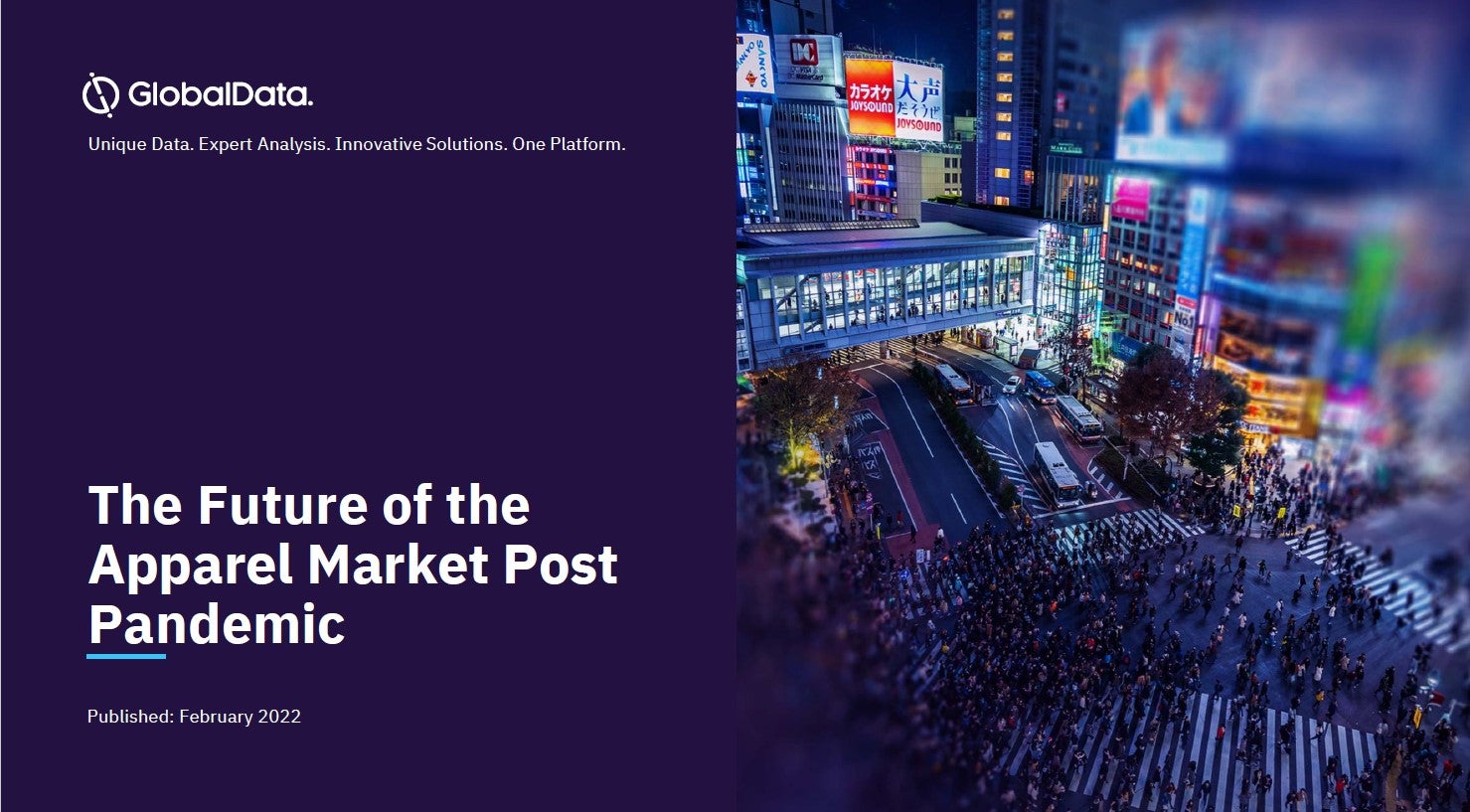The textile and apparel sector helped boost US manufacturing growth in February, new data shows, with the economy notching a ninth consecutive month of growth.
According to the latest Institute for Supply Management (ISM) ‘Report On Business,’ the February Manufacturing PMI (purchasing manager’s index) registered 60.8% – an increase of 2.1 percentage points from the January reading of 58.7%.
How well do you really know your competitors?
Access the most comprehensive Company Profiles on the market, powered by GlobalData. Save hours of research. Gain competitive edge.

Thank you!
Your download email will arrive shortly
Not ready to buy yet? Download a free sample
We are confident about the unique quality of our Company Profiles. However, we want you to make the most beneficial decision for your business, so we offer a free sample that you can download by submitting the below form
By GlobalDataThis figure indicates expansion in the overall economy for the ninth month in a row after contraction in March, April and May. The New Orders Index registered 64.8%, up 3.7 percentage points from January, while the Production Index registered 63.2%, an increase of 2.5 percentage points. The New Export Orders Index registered 57.2%, an increase of 2.3 percentage points on last month, while the Imports Index registered 56.1%, a drop of 0.7 percentage points.
Textile mills, and apparel, leather and allied products were among the 18 manufacturing industries to report growth in February.
“A sense of urgency is being felt regarding new orders,” one textile mill owner was quoted as saying. “Customers are giving an impression that a presence of stability is forthcoming and order flow is increasing.”
Timothy Fiore, chair of the ISM manufacturing business survey committee, said: “Manufacturing performed well for the ninth straight month, with demand, consumption and inputs registering strong growth compared to January. Labor-market difficulties at panelists’ companies and their suppliers continued to restrict manufacturing-economy expansion and will remain the primary headwind to production growth until employment levels and factory operations can return to normal across the entire supply chain.”




